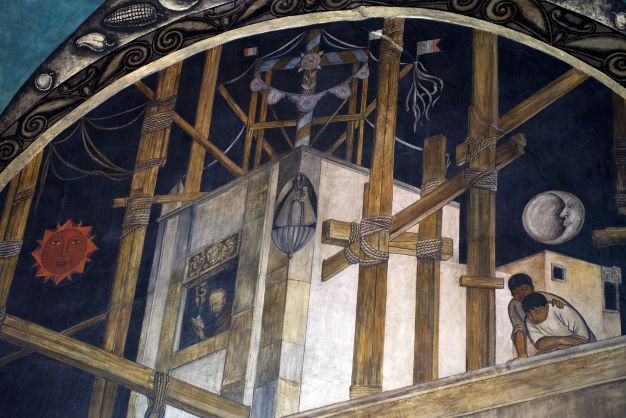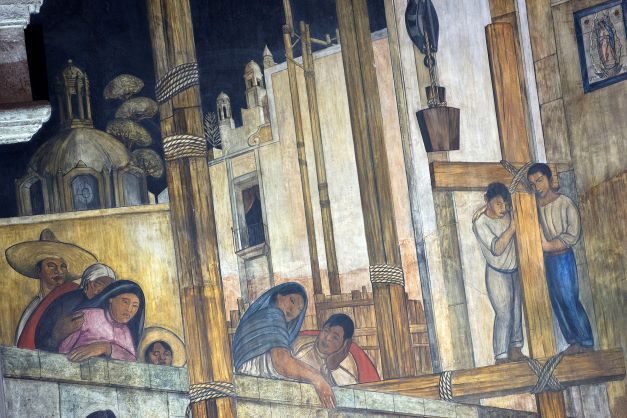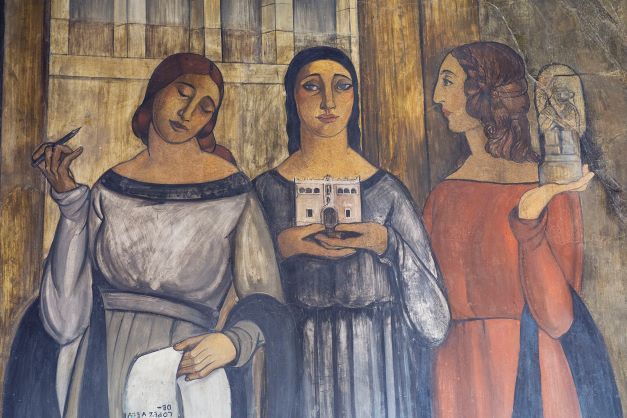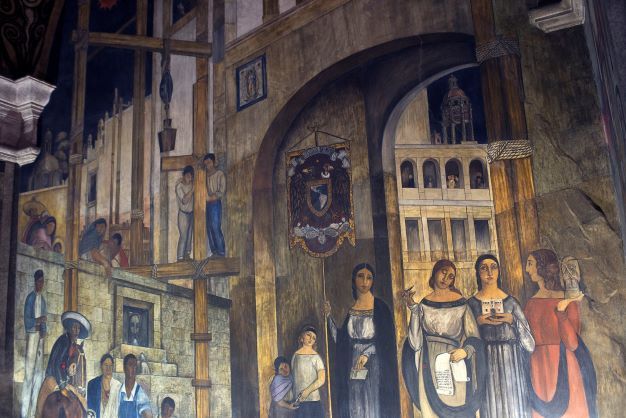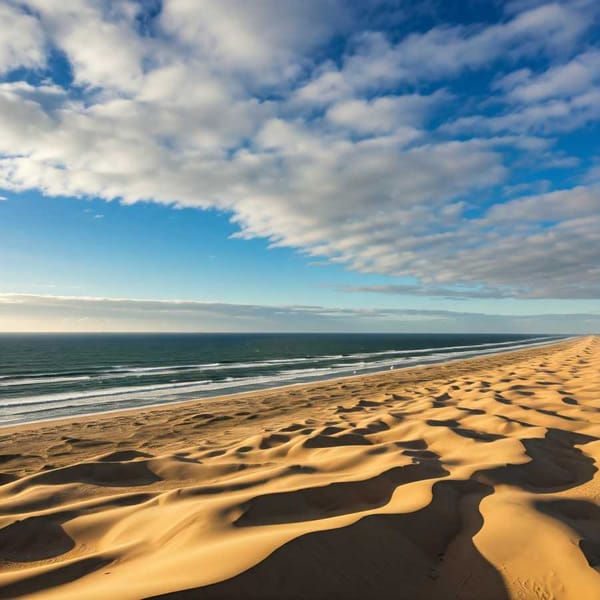The Feast of the Holy Cross mural by Roberto Montenegro
Roberto Montenegro, an artist born in Guadalajara, Jalisco on February 19, 1881, is crucial to understanding the origins of Mexican muralism.

The beginnings of Mexican muralism cannot be understood without the figure of Roberto Montenegro, an artist born in Guadalajara, Jalisco, on February 19, 1881. For Rebeca Barquera, Ph.D. in Art History and professor at the School of Philosophy and Letters, the painter "is a very important character. He has a background that brings him closer to landscape painting, to experimentation with pictorial techniques -such as watercolor, and pastel- and he is part of a group of students formed around Felix Bernardelli, an artist who came from Brazil. In that group were also Jorge Enciso, Dr. Atl, José María Lupercio -photographer- and other artists who, when they come to Mexico City at the beginning of the 20th century, are going to change the ways of the San Carlos Academy".
The specialist recalled in an interview that Montenegro and Diego Rivera, who started the muralist movement with their strokes, shared classrooms at San Carlos: "There, at the end of each course, there is a contest to see who gets a scholarship to Europe. The winner of the contest was Roberto Montenegro, not Diego Rivera. He is the artist who is following the forms of the Academy, the drawing, the line, and the themes. He is the winner and he leaves. Diego will also leave later but by other means.
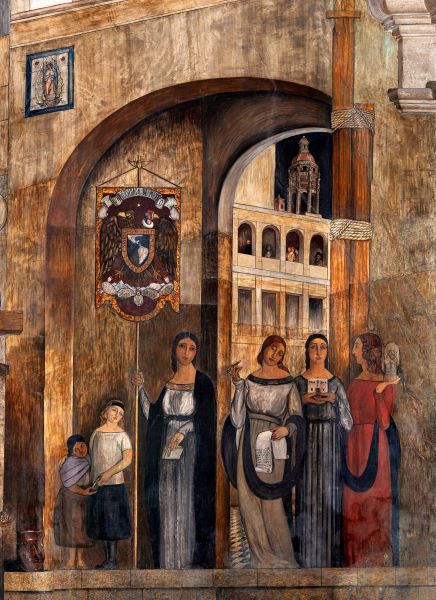
Origins of Roberto Montenegro murals
During his stay in Europe, Montenegro visited some of the most famous capitals of that continent, where he developed a special taste for art nouveau and undulating lines, central elements of his artistic work.
The painter also painted his first murals in those lands; in 1917 he was commissioned to decorate one of the halls of the Círculo Mallorquín -a building located in Palma de Mallorca, Spain-. The work known as Allegory of the Balearic Islands shows some of the features that Montenegro would use on his return to Mexico, specifically his taste for portraying popular types.
That taste for the popular commented Rebeca Barquera, "is what will attract the attention of José Vasconcelos to invite him to represent the national types from elongated figures, which mix European forms with characteristics close to popular art. He, as a native of Jalisco, is interested in the crafts of Tonalá, he will also be involved in promoting the creation of these pieces and he will portray them in his production. The first mural, El árbol de la vida, is made in tempera, a traditional technique, and there he combines phytomorphic figures and some animals that recover the forms of the crafts."
"Accompanied by Jorge Enciso -also from Guadalajara- and Javier Guerrero -who is not from Guadalajara, but they know him there- they are going to combine the painting with the tile, with the stained glass and form a whole proposal in the Sala de Discusiones Libres, a space that was -the temple of San Pedro and San Pablo, the same place where La fiesta de la Santa Cruz is located-. These first murals by Montenegro are related not only thematically, but also spatially," the expert added.
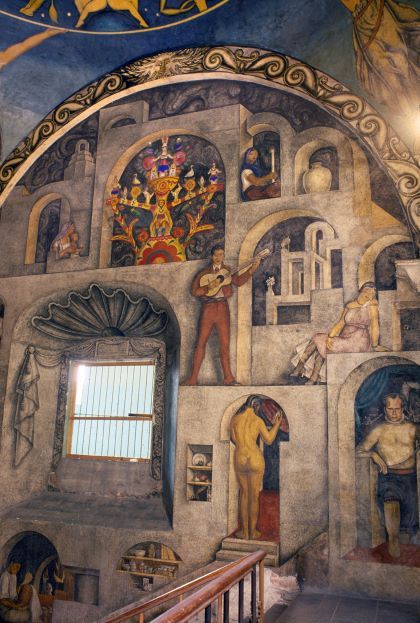
The Feast of the Holy Cross mural by Roberto Montenegro
The Ex-Colegio de San Pedro y San Pablo was built in 1572 and currently houses the Centro Nacional de Conservación y Registro del Patrimonio Artístico Mueble (National Center for the Conservation and Registration of Movable Artistic Heritage). It is on its walls that Montenegro painted The Feast of the Holy Cross which, as its name indicates, has as its central theme the festivity celebrated by construction workers between April 27 and May 4.
The choice of the theme was not fortuitous and represents the ideas that boiled in the country after the revolutionary period. Rebeca Barquera explains it this way: "Several critics, writing in the thirties, establish that the theme of the general program of the cube is the reconstruction of the nation by the workers and bricklayers. There is a latent theme: that of architecture and how a plastic artist positions himself before the discussions about the architecture of that time. They don't know if they are going to recover pre-Hispanic forms -because they begin to mix Mayan and Mexica things and different cultures-, or if they are going to recover colonial architecture -which is Vasconcelos' tendency- or other artists and industries -like Federico Sánchez Fogarty, the Tolteca company and the magazine Cemento, which is more about thinking about the materiality of modernity-".
Among the figures and elements that can be seen in the mural are a soldier, a peasant, and a worker in the lower left zone; next to them, it is possible to observe a woman -who carries the University's coat of arms- interacting with a girl -she hands her a book-; they are accompanied by three other women -representatives of the arts-; and in the upper part there are the portraits of two historians: Artemio del Valle Arizpe and Francisco de Icaza.
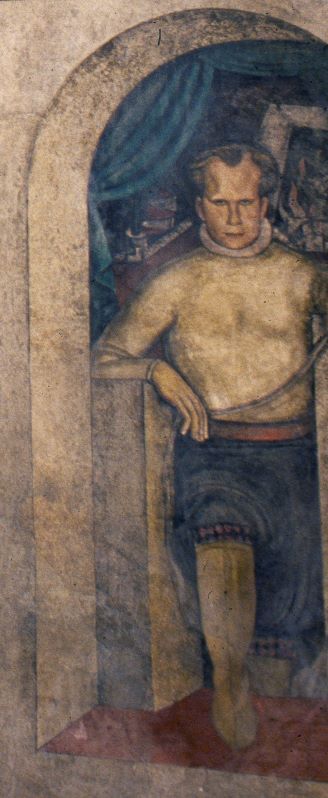
To these components of the piece, the also professor of the Faculty of Arts and Design added the following: "There is Montenegro's self-portrait, wearing denim overalls as a worker; Javier Guerrero, who helped in this mural, appears as a peasant dressed in a blanket; next to him is the mason leader of the construction and everything is full of falsework, of different wooden elements that simulate a scenography, give a spatial sensation to this first mural."
"In La fiesta de la Santa Cruz there was a portrait of Vasconcelos, the artist portrays him holding a banner of the University -the symbol/shield of the University that Vasconcelos is going to propose as rector-. Today what we can see is the portrait of a woman, she holds the shield of the University. We do not know, unfortunately, at what moment the change occurred, but it was probably a destruction contemporary to the painting of the other panels in 1930. To remove a fresco, the wall has to be chipped, the last layer of paint removed, and then repainted. It is possible that the modification is due to political reasons, such as the failed campaign of Vasconcelos to be president, perhaps because of the various disputes, he will have with Plutarco Elias Calles. It is not clear, but it is a modification that has that space and that tries to erase the one who commissioned the mural," she pointed out and added:
"The figures in the foreground, besides the portraits of the artists, are allegories of western culture, of education. We could think that the fact that she becomes a woman -in modernism women are used a lot as an allegory of something else- turns her into the Mexican nation supporting the University, it is all in a pre-autonomy discourse".
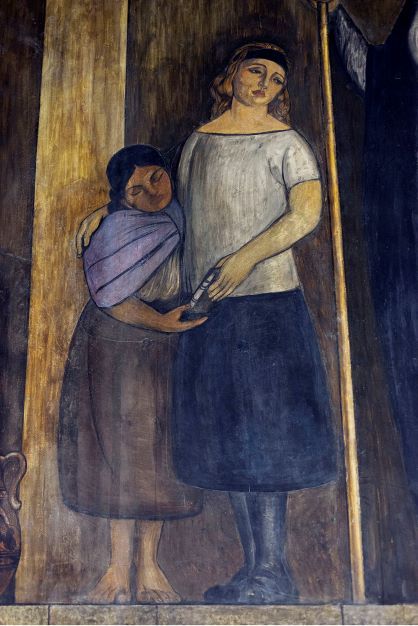
Indispensable
"This year we are celebrating the one hundred years of muralism and the painting of The Creation by Diego Rivera and Montenegro with El árbol de la vida (The Tree of Life) is put at the beginning. But that mural was not alone in its creation process. Let's think that it began to be planned in 1921 and was inaugurated in 1923, the same year in which he also painted The Feast of the Holy Cross", Rebeca Barquera Guzmán pointed out.
The specialist argued that "it is very necessary to study these murals together, it is not possible to understand The Tree of Life with these allegories -the San Sebastian- without seeing the counterpart of The Feast of the Holy Cross. The idea of intellectuality or the recovery of the colonial past. Different tendencies of Mexican culture are being proposed by the National University and the Ministry of Public Education.
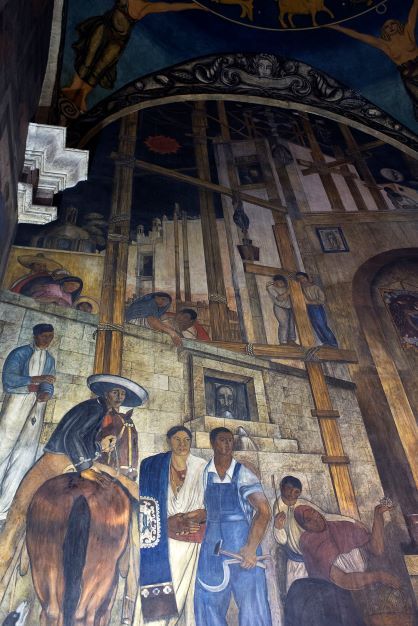
Finally, she recalled that "in this recovery that is being made of the murals of the University, why include these? In the beginning, they were part of the program of the Annex of the National Preparatory School, where the first-year students would study. The thing was that in 1926 a federal law was passed that invented secondary education and that space was transformed from a preparatory school to a secondary school.
In 1929, with the university autonomy, that place remained as part of the Secretariat of Public Education, while the Free Discussion Hall remained as a space of the University. That is why today it remains as the Museum of the Constitutions and the other has passed through different federal agencies. Both were part of the same program, the same project. Montenegro is in the cloister, in the hall, and the stairwell, as is Enciso and other artists".
These murals "are important because Montenegro is not a patrimonial artist, but he is a relevant figure for the design of the post-revolutionary imagination and a different proposal from the one imposed by Diego Rivera. There is a much more decorative intention, not monumental like Diego Rivera's, it is another proposal of Mexican muralism that also deserves to be studied and, therefore, to remain," she ventured.
